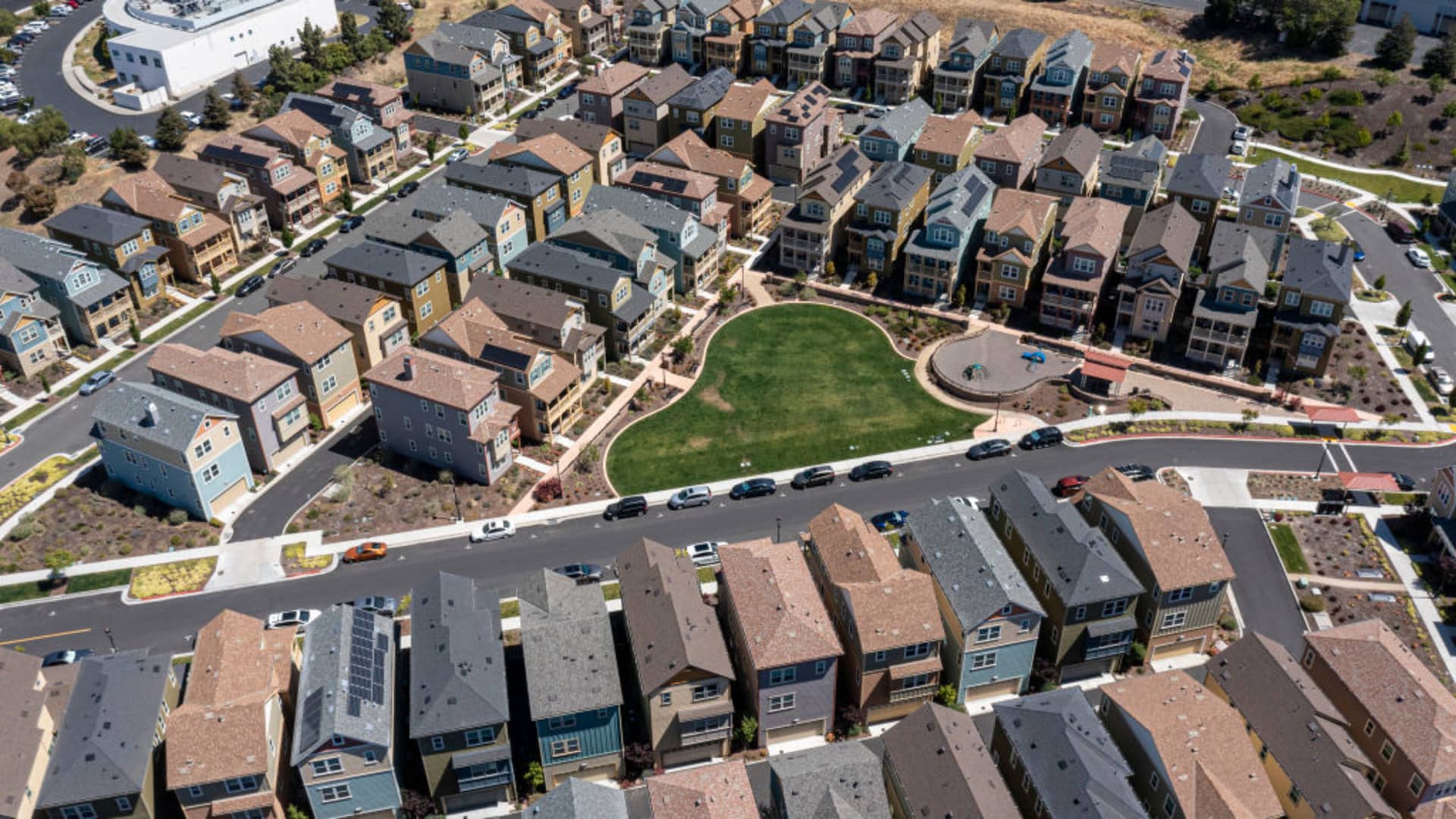Products You May Like
Homeowners are in the money, and it just keeps coming. Two years of rapidly rising home prices have pushed the the nation’s collective home equity to new highs.
The amount of money mortgage holders could pull out of their homes while still keeping a 20% equity cushion rose by an unprecedented $1.2 trillion in the first quarter of this year, according to a new analysis from Black Knight, a mortgage software and analytics firm. That is the largest quarterly increase since the company began tracking the figure in 2005.
Mortgage holders’ so-called tappable equity was up 34%, or by $2.8 trillion, in April compared with a year ago. Total tappable equity stood at $11 trillion, or two times the previous peak in 2006. That works out to an average of about $207,000 per homeowner.
Tappable equity is largely held by high-credit borrowers with low mortgage rates, according to Black Knight. Nearly three-quarters of those borrowers have rates below 4%. The current rate on the 30-year fixed mortgage is over 5%.
The flipside of rising home values is that prospective buyers are increasingly being priced out of the market. Mortgage rates have also been rising sharply, putting homeownership further out of reach for some.
“It really is a bifurcated landscape – one that grows ever more challenging for those looking to purchase a home but is simultaneously a boon for those who already own and have seen their housing wealth rise substantially over the last couple of years,” said Ben Graboske, president of Black Knight Data & Analytics. “Depending upon where you stand, this could be the best or worst of all possible markets.”
The housing market, however, is showing slight signs of cooling. Home prices, as measured by Black Knight in April, were up 19.9% year over year, down from the 20.4% gain seen in March. The slowed growth could be an early indication of the impact of rising rates.
“April’s decline is more likely a sign of deceleration caused by the modest rate increases in late 2021 and early 2022 when rates first began ticking upwards,” Graboske said. “The March and April 2022 rate spikes will take time to show up in repeat sales indexes.”
Rising interest rates historically cool home prices, but supply remains pitifully low in the current market. Active listings are 67% below pre-pandemic levels, with about 820,000 fewer listings than a typical spring season.
Given the current market conditions, homeowners are less likely to sell their homes and more likely to tap some of that vast equity for renovations. Home equity lines of credit are preferable now, as an owner likely wouldn’t want to refinance their first mortgage to a higher rate, even to pull out cash.
A recent report from Harvard’s Joint Center for Housing projected home improvement spending to increase by nearly 14% this year.
“Record-breaking home price appreciation, solid home sales, and high incomes are all contributing to stronger remodeling activity in our nation’s major metros, especially in the South and West,” said Sophia Wedeen, a researcher in the Remodeling Futures Program at the Center.
